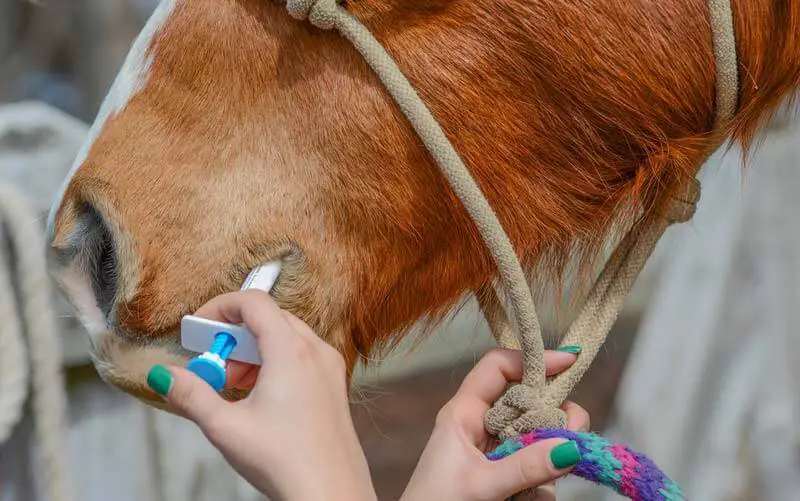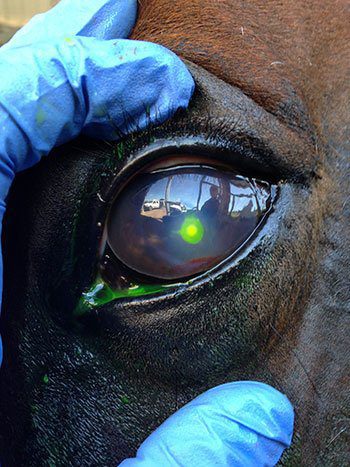
A horse’s fitness is one of the foundations for good health. However, improving fitness encompasses health, diet and training. In this article, we share practical advice for building your horse’s strength, stamina and flexibility, with results seen within days.
While performance is one of the core purposes of any exercise program, it’s important to remember a fit horse in good body condition not only performs better but:
- Recovers faster
- Avoids injuries
- Remains healthy
Before Training Begins
However, before any training begins, it’s critical you assess your horse’s health, body condition and level of fitness. Any horse with compromised health, for example, overcoming a serious injury or in poor condition, is not ready to commence an exercise program.
One of the most common mistakes of any exercise program is commencing regular training too quickly. Before improving fitness, you may need to focus on your horse’s rehabilitation or weight to ensure they are healthy, sound and ready to return to work.
- Health
Even if your horse appears in good health, they should receive a visit from your veterinarian before training commences. Hoof and dental care, vaccinations and de-worming should be up to date. In addition, a complete physical examination should check:
- Your horse’s vital signs, posture, attitude and general health
- The lower legs and any signs of joint, tendon or ligament compromise
- Your horse’s gaits — particularly looking for any indication of lameness
2. Body Condition
A body condition score of 3 is ideal before your horse begins training. In this instance, your horse can return to light work immediately. However, if your horse is overweight or underweight, you’ll need to factor this into your exercise program.
- Overweight: A horse with a score of 4-5 or more will need to lose weight, which can be achieved by returning to a forage-first diet, restricting unnecessary calories in the form of starches and sugars, and slowly increasing training in duration and intensity.
- Underweight: A horse with a score of 2 or less will need to gain weight. A forage first diet, low in starches and sugars, and supported by added vitamins and minerals is recommended. Only when they’ve reached a healthy body condition should they begin training.
3. Level of Fitness
Now your horse has a clean bill of health and they’re ready to return to work, you need to consider their level of fitness. Your horse’s level of fitness will largely determine their new exercise and diet regime. Remember, training and diet work together to support your horse’s fitness.
- Foundation phase: The first stage of your exercise program should promote cardiovascular fitness, along with joint, tendon and ligament strength. Daily hacks, which integrate walk, trot, canter and hill work, are suggested over a period of 6-8 weeks.
- Preparation phase: The second stage of your exercise program should work the specific muscle groups involved in your chosen discipline. If you intend to leave the trails for competition, your daily training sessions should include exercises relevant to that sport.
Training should increase gradually in duration and intensity; only increasing by around 5% each week as your horse’s level of fitness increases. Each training session must also include adequate time for warm up and cool down to reduce the risk of injury.
Within just 7-10 days of daily work, cardiovascular fitness may markedly improve. However, patience is the best approach when developing any exercise program. Always be mindful of your horse following exercise and monitor their vital signs vigilantly.



